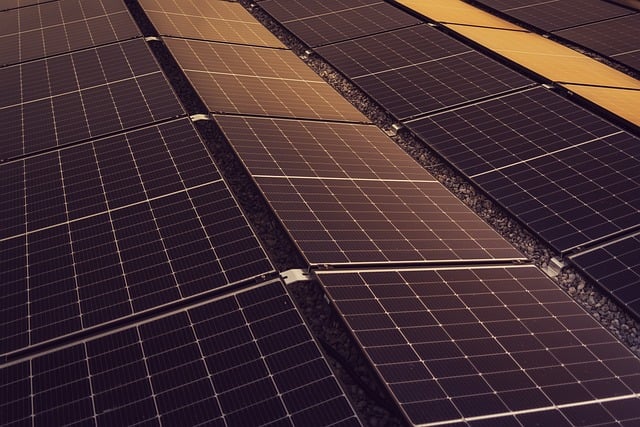Powering the Future: The Impact of Green Energy on Our Environment and Climate Change
As we move deeper into the 21st century, the urgency to address climate change is becoming increasingly apparent. Each time we hear about rising sea levels, erratic weather patterns, or biodiversity loss, it serves as a reminder of the profound impact human activity has had on our planet. Yet amidst these alarming realities, a beacon of hope shines through: green energy.
The transition to green energy sources such as solar, wind, hydroelectric, and geothermal power is not just a trend; it represents a significant paradigm shift in how we think about energy production. While traditional fossil fuels have fueled our economies for generations, they come at an enormous environmental cost, leading to greenhouse gas emissions that contribute directly to climate change. Embracing green energy solutions allows us to reduce this harmful reliance and step towards a sustainable future.
The Environmental Benefits of Green Energy
The implementation of green energy technologies can reshape landscapes not only geographically but also ecologically. By reducing pollutants and greenhouse gases, we can improve air quality, protect water supplies, and foster healthier ecosystems. For instance, transitioning to wind and solar power minimizes water usage and pollution from energy production, compared to traditional coal and gas options. This shift also helps conserve precious resources that future generations will depend on.
Combating Climate Change with Renewables
Climate change is undoubtedly one of the most pressing issues of our time, but green energy offers a crucial solution. Renewable resources are abundant, and utilizing them can drastically lower the carbon footprint of entire communities. Imagine a world where cities are powered by solar panels on rooftops, where wind turbines line coastal areas, and where electric vehicles roam freely without contributing to emissions. This is not just a dream; it’s an achievable reality with the commitment to green energy.
Moreover, green energy technologies are increasingly becoming cost-competitive with conventional energy sources. As innovation continues to break down barriers, it is evident that investing in renewables isn’t just the right choice for the environment – it is also economically favorable. Increased accessibility and affordability can lead to widespread adoption, making a tangible impact on global warming and climate-related challenges.
Community Engagement and Green Energy Adoption
Another vital aspect of the green energy movement is community involvement. By fostering a culture of renewable energy across cities and towns, we encourage residents to take part in the solution. Community solar projects and local wind farms empower people to invest in their energy future and contribute positively to the environment. This grassroots engagement creates a sense of shared responsibility and collective action against climate change.
As individuals, we can also play a role by supporting policies that favor green energy initiatives, investing in renewable sources for our homes, and making conscious choices that prioritize sustainability. Every small action contributes to a larger movement focused on healing our planet.
Ultimately, the journey toward a sustainable future powered by green energy demands collective dedication and commitment. By recognizing the profound impact that this transition can have on both our environment and the ongoing battle against climate change, we can all become active participants in powering a healthier planet for generations to come.




